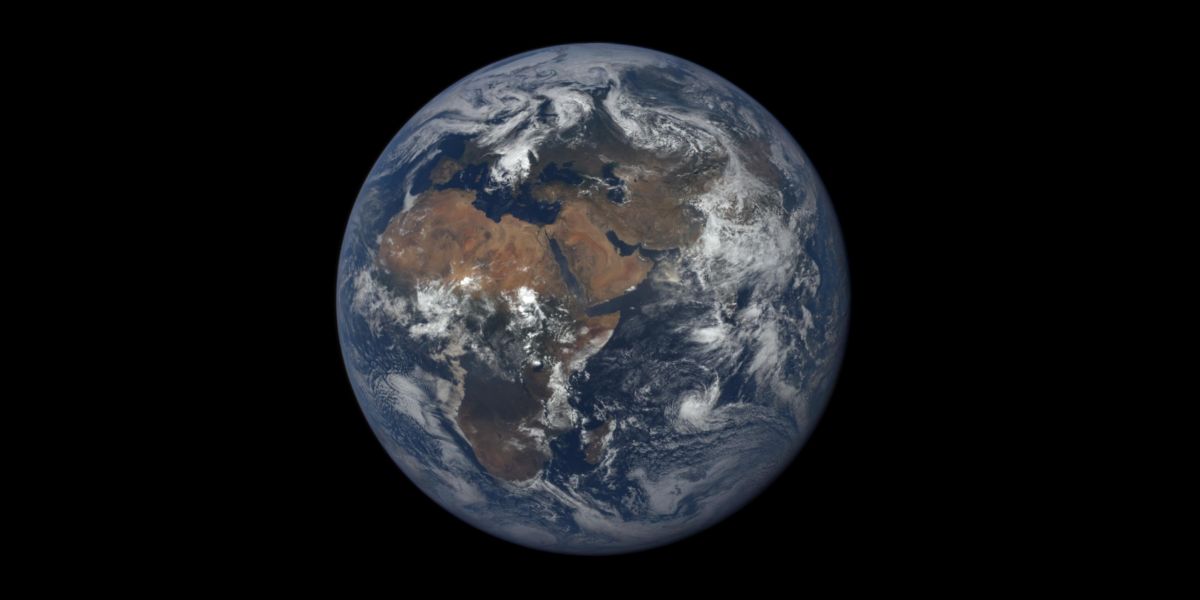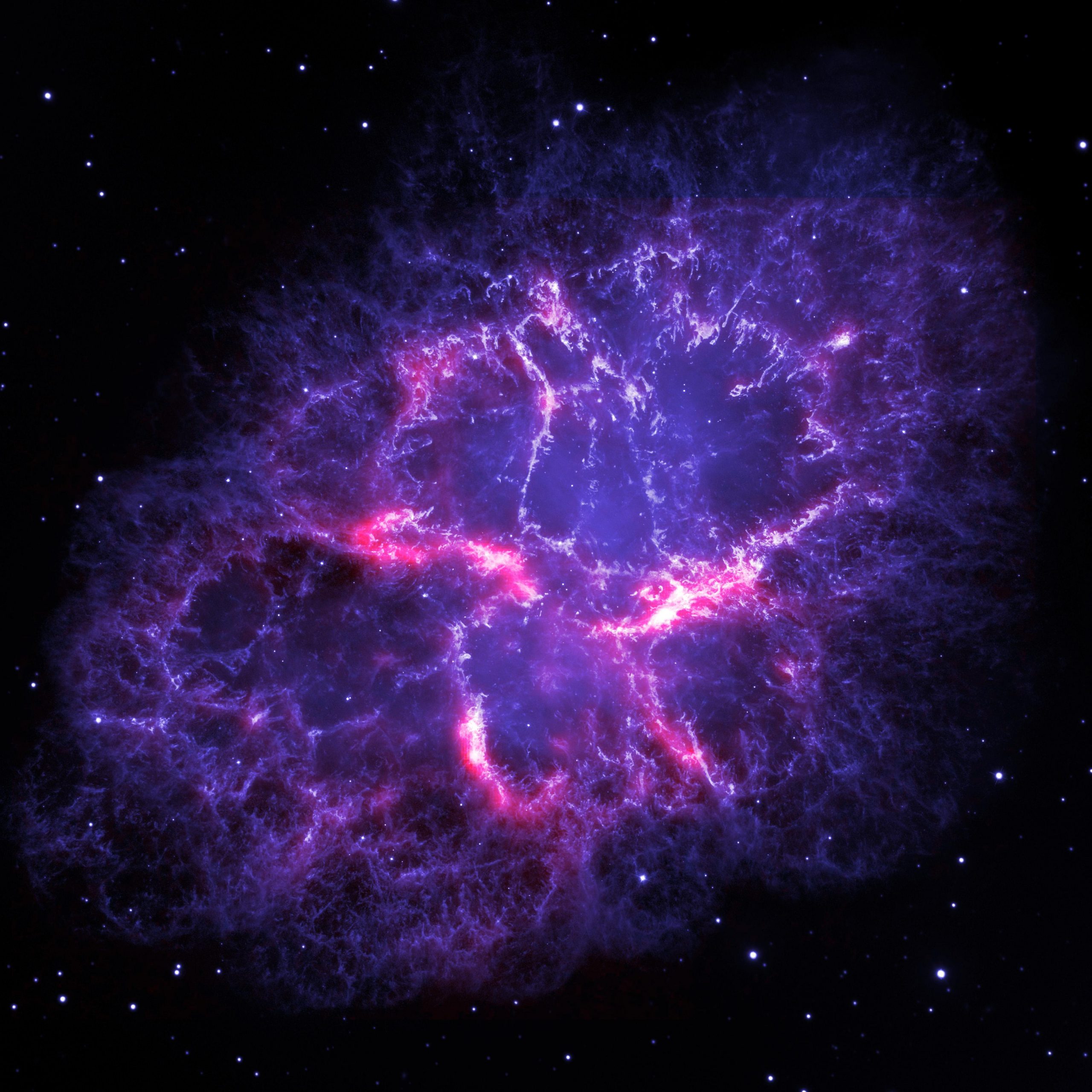The Deep Space Climate Observatory (or DSCOVR) satellite sits 1.5 million kilometres away at what is called Lagrange point 1, a place in space between the gravity of the Earth and the Sun such that the satellite can maintain its stability. Why? For one thing, it enables NASA’s EPIC camera aboard the satellite to capture enough steady shots of the Earth to create this wonderful time lapse video. Watch and listen as EPIC lead scientist Jay Herman takes you though a year in the life of our planet as seen from DISCOVR.
[via Sploid]











